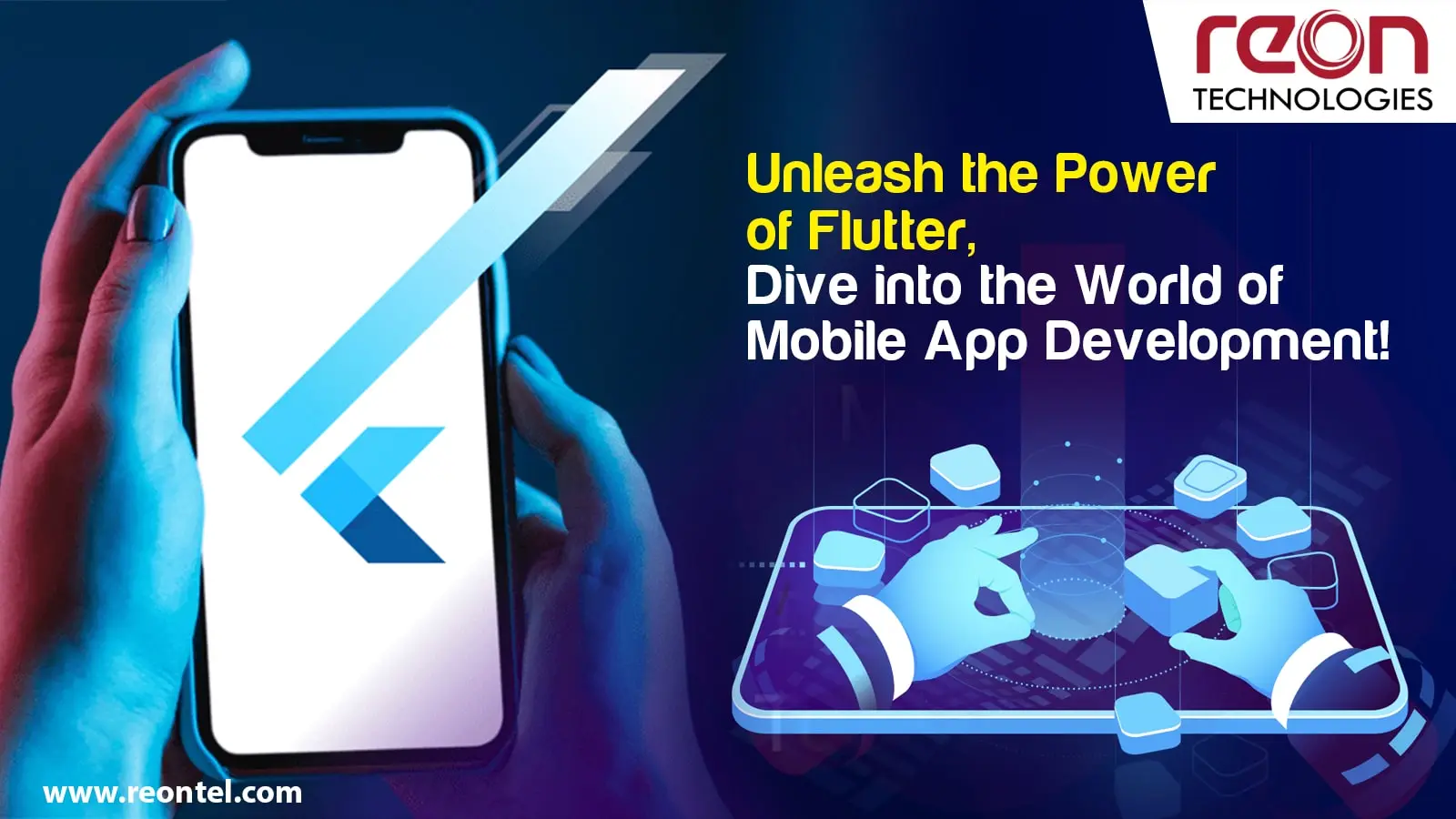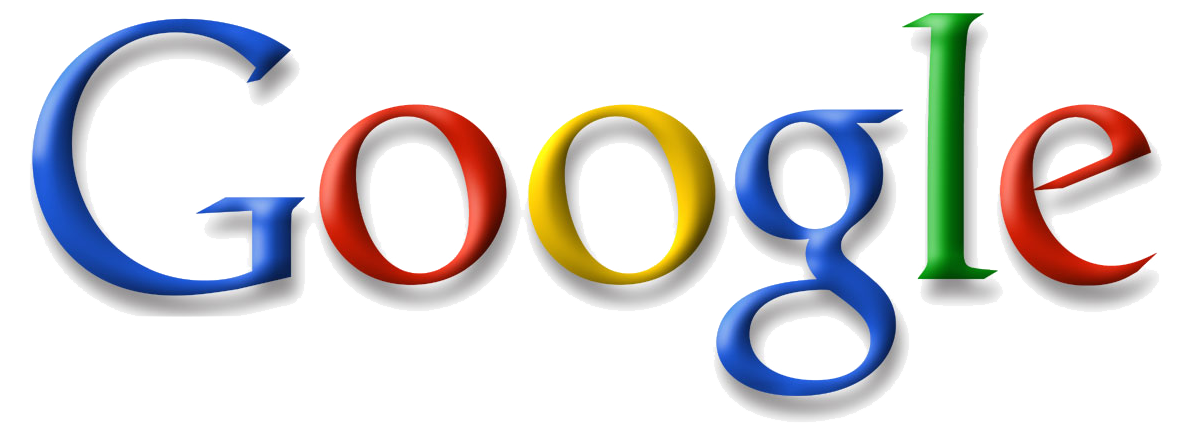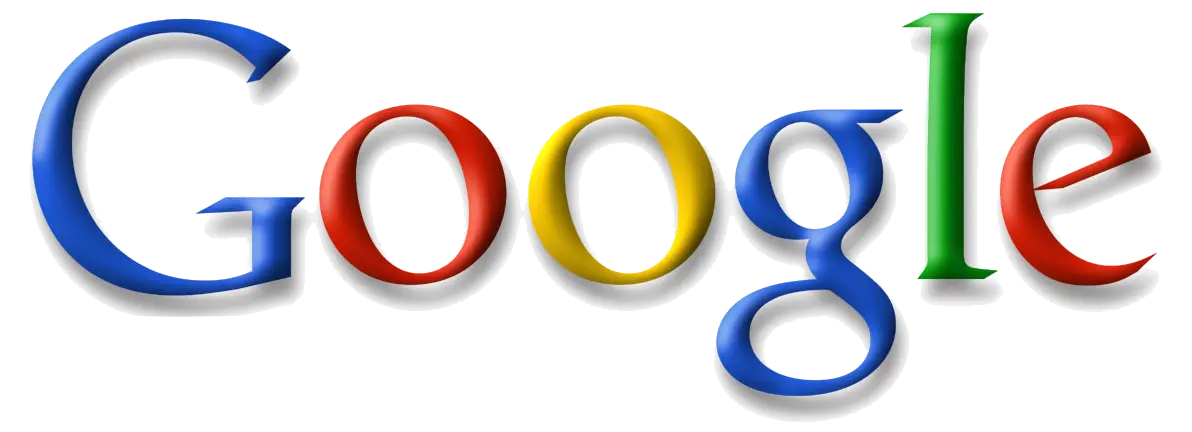 15.06.2023
15.06.2023
Designing Mobile Apps, Creating Incredible User Interfaces with Flutter.
In today's digital world, where smartphones have become an integral part of our lives, mobile app design plays a crucial role in attracting users and enhancing their experience. With numerous frameworks available, Flutter has emerged as a powerful tool for designing beautiful and visually appealing mobile apps. In this blog post, we will explore how Flutter enables developers to create stunning user interfaces that captivate users and elevate the overall app experience.

The Power of Flutter:
Flutter, developed by Google, is an open-source UI framework that allows developers to build high-performance, cross-platform mobile applications using a single codebase. It uses the Dart programming language and offers a wide range of customizable widgets and rich libraries that facilitate the creation of visually striking interfaces.
Material Design and Cupertino Style:
Flutter follows the principles of Material Design and Cupertino, providing designers with pre-built UI components that adhere to platform-specific guidelines. Material Design offers a clean, modern aesthetic with bold colors and smooth transitions, while Cupertino replicates the sleek, iOS-inspired look and feel. By leveraging these design systems, Flutter empowers developers to create consistent and intuitive interfaces across different platforms.
Responsive Layouts with Widgets:
Flutter's widget-based architecture simplifies the process of designing responsive layouts. Widgets are the building blocks of the user interface, ranging from basic elements like buttons and text inputs to complex components like lists and grids. With Flutter's extensive widget library, developers can easily arrange and customize these elements to craft visually stunning app interfaces that adapt seamlessly to various screen sizes and orientations.
Beautiful Animations and Transitions:
One of the key strengths of Flutter is its ability to create fluid animations and smooth transitions. Animations play a vital role in enhancing the user experience by providing visual feedback and making interactions more engaging. Flutter's animation framework allows developers to bring their interfaces to life with stunning effects, such as fades, rotations, and transitions between screens. With the flexibility to customize the duration, easing curves, and sequence of animations, Flutter enables designers to create captivating user experiences.
Customization and Branding:
Every app has its unique identity, and Flutter provides the tools to reflect that identity through customization and branding. Developers can easily customize colors, typography, and shapes to align with the app's branding guidelines. Flutter's hot-reload feature allows for instant visual updates, enabling designers to experiment and iterate quickly, resulting in polished and visually cohesive interfaces.
Material You: The Future of Android Design:
Flutter is constantly evolving to embrace the latest design trends. With the introduction of Material, You, a design system that adapts to individual user preferences, Flutter empowers developers to create apps that seamlessly integrate with the dynamic appearance of Android devices. By utilizing Material You's color, shape, and typography schemes, developers can ensure that their apps feel native and visually harmonious with the user's device.
Optimized Performance:
Apart from its aesthetic appeal, Flutter also excels in terms of performance. The framework uses Skia, a powerful 2D graphics engine, to render interfaces, resulting in smooth and consistent visuals across devices. Flutter's "hot-reload" feature allows developers to see changes instantly, reducing development time and enabling rapid iteration. Moreover, Flutter's reactive framework eliminates the need for a JavaScript bridge, leading to faster app startup times and responsive user interfaces.
Accessibility and Internationalization:
Flutter recognizes the importance of accessibility and internationalization in mobile app design. It provides built-in support for accessibility features like screen readers, font scaling, and focus management. Additionally, Flutter's internationalization support enables developers to easily localize their apps, making them accessible to a global audience.
Rich Media and Graphics:
Flutter offers a range of plugins and packages that enable developers to integrate rich media and graphics into their apps. Whether it's embedding videos, displaying high-quality images, or creating interactive charts and graphs, Flutter's ecosystem provides the necessary tools to enhance the visual appeal and engagement of mobile apps.
Collaboration between Designers and Developers:
Flutter facilitates seamless collaboration between designers and developers, thanks to its declarative UI approach. Designers can use tools like Figma or Adobe XD to create interactive prototypes, which can then be easily translated into Flutter code. This streamlined workflow enhances communication, speeds up the design-to-development process, and ensures that the final app aligns with the original design vision
Community and Resources:
Flutter benefits from a vibrant and supportive community of designers and developers. The community actively contributes to the development of plugins, packages, and UI libraries, offering a vast array of resources and tutorials. From design patterns and best practices to code snippets and UI inspiration, Flutter's community-driven ecosystem provides ample support for creating visually stunning mobile app interfaces.
Continuous Improvement and Future Updates:
Flutter is an evolving framework, continuously introducing new features and improvements. Google actively maintains and updates Flutter, ensuring compatibility with the latest versions of operating systems and design guidelines. By staying up to date with Flutter's advancements, designers can leverage new capabilities and design trends to create cutting-edge mobile app interfaces.
Testing and Debugging:
Flutter provides robust testing and debugging tools that enable designers and developers to ensure the quality and usability of their app interfaces. Flutter's integrated testing framework allows for automated testing of UI components, ensuring that they behave as expected. Additionally, Flutter's rich debugging tools assist in identifying and resolving any visual or performance issues during the development process.
User Feedback and Iteration:
Designing beautiful mobile app interfaces is an iterative process. Flutter's hot-reload feature, coupled with user feedback and analytics, allows designers to gather insights and make data-driven design decisions. By continuously refining and iterating on the app's interface based on user feedback, designers can create interfaces that are not only visually stunning but also highly usable and intuitive.
Conclusion
Designing beautiful mobile apps that captivate users requires a combination of creative vision and powerful tools. Flutter, with its extensive widget library, customizable design systems, and seamless performance, empowers developers to create stunning user interfaces that elevate the overall app experience. By embracing Flutter's capabilities, designers can unlock their creative potential and bring their app ideas to life with elegance and visual appeal. Whether you're an experienced developer or just starting your journey with Reon Technologiess, we offer an exciting platform to design mobile apps that stand out from the crowd and leave a lasting impression on users.
Analytics / Marketing / Technology
Recent Blogs
 17.05.2023
17.05.2023
Google Discover
Google Discover is a tool released by Google in 2018 that provides mobile users with a highly personalized, AI-driven feed of material from across the web based on articles and subjects of interest to them.
 15.03.2023
15.03.2023
Design or Content: A Chicken and Egg Conundrum?
Many firms take a design-first approach. Putting design and development first isn't a fatal flaw. It is perhaps effective. However, ignoring the value of content in the process is a concern.
 20.12.2022
20.12.2022
Why do Fintech Startups Prefer the MERN Stack?
The fintech domain have rapidly grown, especially due to the pandemic that accelerated digitalization within all business sectors. And now what do you mean by fintech?
 21.03.2022
21.03.2022
ERP Software’s are a business necessity and here's why
Starting a business is much easier than managing it. Hence, many enterprises collapse due to a lack of better management.
 16.05.2022
16.05.2022
Why choose Agile Methodology for your Mobile App Project
There is an old saying, unity adds to productivity. It means when a few people come together to complete a task, the result is quick...
 01.07.2022
01.07.2022
Easy Ways to do local SEO for your business in 2022?
The internet has shortened distances. Now we can do business across continents. But not all companies require a global audience.



